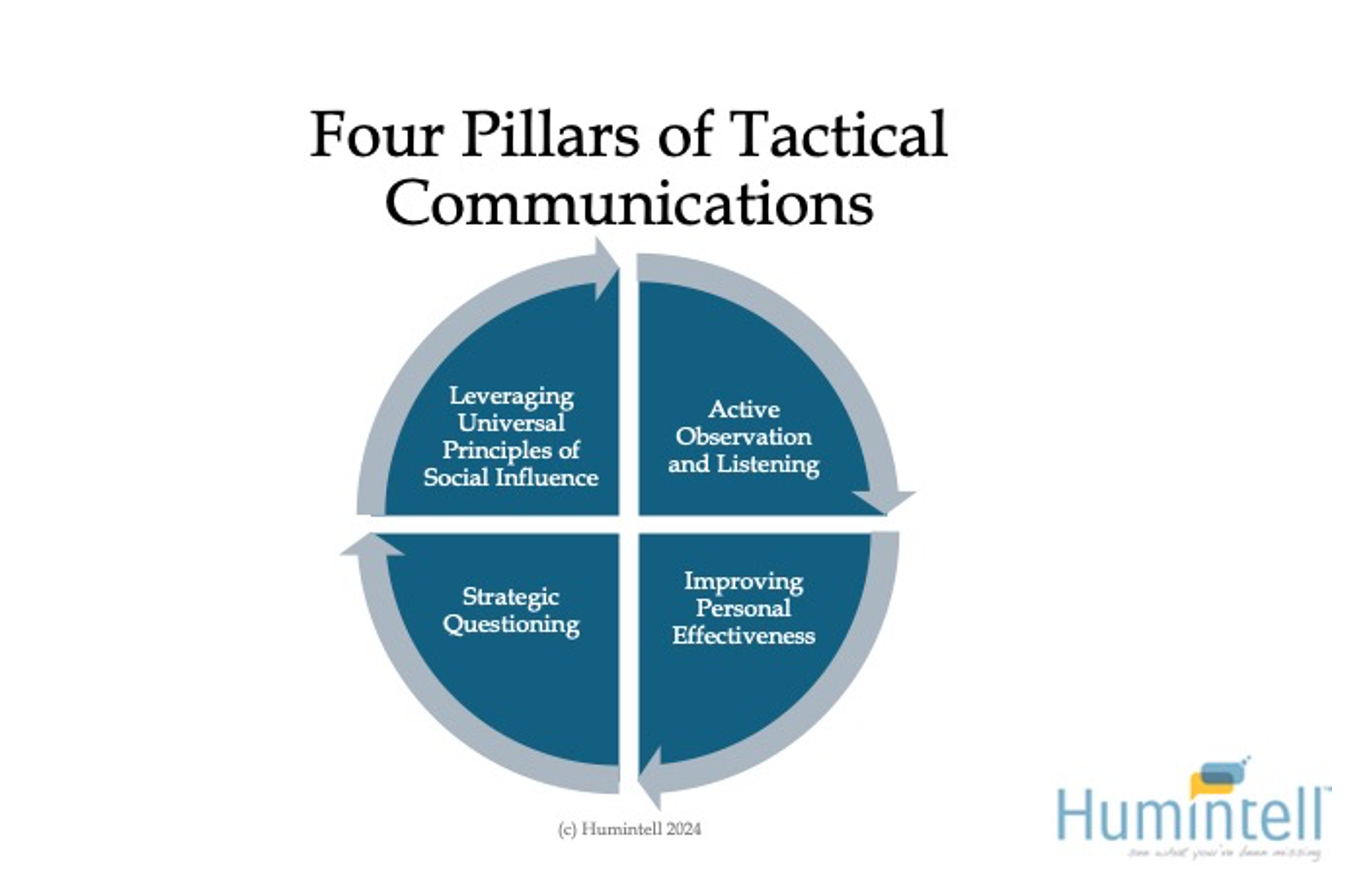Every interaction is a negotiation
Whether we realize it or not, we’re all salespeople and every interaction is a negotiation in which we persuade and influence others.
Some of us do this professionally; sales people sell products and attempt to have people purchase those products; teachers sell knowledge and skills and attempt to persuade students to learn that knowledge and skills; law enforcement officers sell jail and attempt to persuade alleged criminals to buy jail time.
All of us do so as well in our personal lives; parents try to get their kids to clean their rooms and married couples get their partners to take out the trash.
Not only are we all salespeople trying to persuade and influence others; we’re all relatively good at it.
In fact, every individual needs to be at least somewhat successful in doing so because without some degree of success at persuading and influencing others, individuals would not survive.
Every group, society, and culture requires people and groups to persuade and influence others for the individual’s, group’s, society’s, and culture’s survival.
As John Donne once wrote in his famous poem, no man [person] is an island, and our ability to live and thrive in our families, communities, societies, and cultures is evidence of our ability to persuade and influence others.
Thus, people have learned or acquired a long time ago the basic skills necessary to persuade and influence others.
I say “acquired” because we don’t know the degree to which our abilities to influence others are hardwired into us as humans, or whether those skills are entirely learned from our cultures and communities.
I suspect that we have the biological hardware (brains) and some innate software in our minds to learn those skills from our families and communities. Regardless of their origins, however, we all persuade and influence others, and we’re relatively good at it.
Just look at the growth of the world’s population across time. If people weren’t good at persuading and influencing others, we wouldn’t get along and our societies and cultures, let alone marriages and families, would not survive and thrive.
Get EXCLUSIVE Content on How to Influence Others!
Join 10,000+ others and gain instant access to FREE demos, special offers, cutting-edge science news, and more!
How does this persuasion and influence occur?
There’s a long history of research in psychology examining how people influence others.
For example, very classic research on conformity and compliance conducted by Solomon Asch demonstrated how groups can influence individuals to make obviously mistaken judgments or say obviously incorrect things.
Stanley Milgram’s classic research on obedience showed how average people will do drastic things against others on the basis of instruction from an authority figure.
Phil Zimbardo’s well-known prison study demonstrated how power assigned to a group of people made that group engage in demeaning behaviors against others who were not so assigned.
Perhaps the most well-known author in this area is Robert Cialdini. Through his own ingenious experiments and collating the results from many other studies, Cialdini extracted six universal principles of persuasion and influence that were at work when people persuade others to do something. (His more recent work identified a 7th principle as well.).
For example, consider the principle of reciprocity, which Cialdini suggested activated “the web of indebtedness.” When we receive something from someone, we have an obligation to give something back in return. This is true for getting a gift, receiving an invitation, or hearing a compliment.
Every society and culture is built on this principle; if this principle didn’t exist no society would function correctly and the alternative is social chaos.
Same is true for the principle of authority. Hierarchies exist in every society, culture, group, and organization, and if we didn’t comply to the wishes of authority, hierarchies would cease to exist and societies and cultures would not function properly. The alternative again is social chaos.
What is Tactical Social Influence?
Here at Humintell, we take that classic work on persuasion and influence and incorporate other scientific breakthroughs over the decades to deliver what we call Tactical Social Influence.
For example, one interesting aspect of all principles of persuasion and influence that is not discussed much is the fact that they all operate because of affect and emotion.
 In reciprocity, for instance, when we receive something, we have the feeling of obligation to give something back, and not giving something back makes this feeling worse.
In reciprocity, for instance, when we receive something, we have the feeling of obligation to give something back, and not giving something back makes this feeling worse.
This unsettled feeling motivates us to do something to dissipate that unsettling feeling because feelings and emotions are at the root of motivation, an idea described by Sylvan Tomkins decades ago. (Tomkins is believed by many to be the “father” of most modern science about emotion.).
Thus, we give something back and feel relieved to do so. This unsettled feeling can be especially nerve wrecking if we receive something from someone whom we would rather not feel obligated to.
Authority Figures
Same is true for obeying the requests of authority figures. Because we all learn to respect and obey authority figures, we once again have the feeling of obligation to respect and obey their requests. This unsettled feeling can be especially nerve wracking if we don’t agree with the request. Thus, we comply in order to address the unsettled feeling.
The feelings and emotions that underlie the principles of persuasion and influence are associated with a concept called cognitive dissonance, a concept attributed to another classic author Leon Festinger.
Thus, although we speak of cognitive concepts like authority, reciprocity, compliance, and the like, in reality affect and emotions are at the heart of all principles of social influence because some actions create cognitive dissonance in us.
These principles are not evil mechanisms conjured up by wicked scientists in dark laboratories. They are a natural psychological process that has evolved because humans live in groups and group life is the heart of our survival.
Thus, learning about those principles can deepen our understanding of a unique and natural process of human social life. Learning how to consciously and strategically leverage those processes can give us an edge in negotiating life, and help to make our interactions with others more efficient and productive.
Humintell Tactical Social Influence’s 4 Major Pillars
- The first pillar is learning about and leveraging the universal principles of persuasion and influence.
- The second is about actively listening to and observing others, especially their emotions and other nonverbal behavior, so that we can get additional insights about the emotions and feelings of others.
- The third is learning how to use questions strategically in order to lead others to their own conclusions about what we want to persuade or influence them about.
- The final pillar is learning how to improve our personal effectiveness by regulating our own emotions, because many negotiations occur in difficult and emotional contexts in which we need to control or regulate our own emotions and not be controlled by them in order to achieve a desired outcome.
When we are able to be better at all four pillars of Tactical Social Influence, we can become extremely effective at persuading and influencing others.
Perhaps then, we can get our kids to clean their rooms and our spouses to take out the trash a little easier than before

